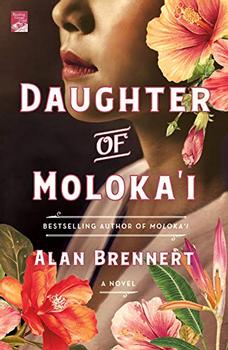Summary | Excerpt | Reading Guide | Reviews | Beyond the Book | Read-Alikes | Genres & Themes | Author Bio

Critics' Opinion:
Readers' Opinion:
First Published:
Feb 2019, 320 pages
Paperback:
Jan 2020, 320 pages
 Book Reviewed by:
Book Reviewed by:
Kim Kovacs
Buy This Book
Please be aware that this discussion guide will contain spoilers!
Recommended Viewing
There are a wealth of nonfiction books available about the Japanese internment, many of which are cited in the Author's Note.
But here are some works in other media that can be viewed with your entire family and that present vivid and moving stories of Japanese Americans' experiences in World War II relocation centers.
Farewell to Manzanar was one of the first films about the Japanese internment. A powerful television movie based on the memoir by Jeanne Wakatsuki Houston and James D. Houston, it has rarely been seen since its first airing in 1976. Happily it has recently been released on DVD by the Japanese American National Museum. To order a copy, go to https://janmstore.com/products/farewell-to-manzanar-dvd.
Allegiance is a stirring stage musical inspired by the true life experiences of its star, George Takei. It fictionalizes and conflates the draft resistance at Heart Mountain camp with the violence that took place at Tule Lake to create a poignant musical drama about conflict, estrangement, and reconciliation. It is currently playing in theatrical venues across the country and there is also a film of the musical that is presented on special occasions (such as December 7). For information on both stage and film productions, go to https://allegiancemusical.com.
Rabbit in the Moon, an award-winning documentary by Emiko Omori, explores not only her family's years at Poston War Relocation Center in Arizona, but takes a wider look at the tensions, divisions, and resistance in the internment camps in general. One of the people interviewed is Harry Ueno, whose arrest sparked the Manzanar riot. It too is available through the Japanese American National Museum at https://janmstore.com/products/rabbit-in-the-moon-a-documentary-memoir-about-the-world-war-ii-japanese-american-internment.
The Untold Story: Internment of Japanese Americans in Hawai'i is a documentary by Ryan Kayamoto focusing on the little-known internment camps in Hawai'i, where the majority of Japanese Americans were not interned. The story of those who were—leaders in the Japanese community, Buddhist priests, schoolteachers, often subjected to degrading treatment—has long needed telling. The DVD can be ordered from the Japanese Cultural Center of Hawai'i at https://www.jcch.com/gift-shop.
(The Hawaiian internment camps were also the subject of a memorable episode of the rebooted Hawaii Five-O titled "Ho'onani Makuakane" that aired in 2013 and is available on Netflix.)
Unless otherwise stated, this discussion guide is reprinted with the permission of St. Martin's Griffin. Any page references refer to a USA edition of the book, usually the trade paperback version, and may vary in other editions.





The Funeral Cryer by Wenyan Lu
Debut novelist Wenyan Lu brings us this witty yet profound story about one woman's midlife reawakening in contemporary rural China.
Your guide toexceptional books
BookBrowse seeks out and recommends the best in contemporary fiction and nonfiction—books that not only engage and entertain but also deepen our understanding of ourselves and the world around us.